A well-functioning pool pump and its plumbing fittings play a crucial role in maintaining water circulation and cleanliness in your swimming pool. An efficient pool filtration system in the pool cleans the water and avoids any contamination, keeping the water crystal clear for an enjoyable and healthy swim. However, if not addressed quickly, pool plumbing problems can be very inefficient or even damaging. Knowing these things as well as the relevant solutions will make sure your pool stays in top shape. In this article, we will discuss the common problems with swimming pool plumbing fittings, their causes, symptoms, solutions, and preventive tips that every pool owner should know.
Air Leaks in Suction Side Fittings
Significant inefficiencies and operational problems can occur in the plumbing and pump system of swimming pool equipment if there are air leaks in the suction side fittings. It is important to understand the causes, symptoms, and solutions for these leaks to keep the pool in optimal performance and water quality.
Causes:
Loose or improperly sealed threaded PVC fittings: Threaded Pool plumbing valves can loosen over time due to vibration, temperature change, or improper installation and cause air leaks in the suction line. Air can seep into the system if these fittings are not sealed tightly or are misaligned and disrupt water flow.
Deteriorated O-rings or gaskets: Airtight seals at connection points are created by O-rings and gaskets. These seals can be cracked or worn down by exposure to chemicals, UV light, and age, and allow air into the suction side of the system, thus affecting performance.
Symptoms:
Presence of air bubbles in the pump basket: An obvious sign of air leaks is air bubbles in the pump basket or air bubbles returning to the pool. These bubbles mean that air is being sucked into the plumbing system, which can adversely affect the water circulation.
Reduced Pump Efficiency: Lower water flow rates caused by air in the suction line will cause the pump to have to work harder to circulate the water. An increase in effort can cause overheating, which can result in pump failure or shortened life.
Solutions:
All Fittings on the Suction Side should be inspected and Tightened.
Loose or improperly sealed fittings should be checked by regular inspections. Tighten any loose Pool plumbing valves with appropriate tools until secure and leak-free.
All O-rings and gaskets in the system should be inspected for signs of wear or damage. Any that are cracked, degraded, or compromised should be replaced. High-quality materials used for these seals can also prolong their life with pool water chemistry.
Leaking Pressure Side Fittings
Any plumbing or hydroponic system can have a major issue with leaking pressure pool pipes and side fittings, resulting in water waste, decreased efficiency, and increased operational costs.
Causes:
Damaged PVC pipes and fittings: PVC pool pipes and fittings are continually subjected to constant pressure changes, temperature changes, and simple aging of materials, and, as such, can be subject to cracks or damage over the life of the material. Water leaks are a product of these vulnerabilities and will compromise the efficiency of your system.
Improperly glued joints: Connections can be weak because of inadequate joint adhesion from not using enough adhesive or improperly applying it. Water seepage and leaks can occur and disrupt the overall system functionality if improperly glued joints fail under pressure.
Symptoms:
Visible water leaks: One of the most obvious indicators of leaking pressure side fittings is the presence of water around the pump area or along the return lines. Visible leaks indicate that an inspection and repair are needed urgently.
Water flow rate is decreased: Undetected leaks in the pressure side fittings will also reduce water pressure and flow rate. Effects of reduced flow can be negative for the performance of your system, as well as the plants you are growing.
Solutions:
Replace damaged sections of piping: Replace any cracked or damaged sections of PVC piping. Make sure you are using the correct solvent welding techniques to attach the new fittings and make a watertight seal so that you do not have any future leaks.
Regularly inspect fittings: It is good to routinely inspect all pressure-side fittings for wear or damage. Check for discoloration, cracks, or the like, showing signs of moisture.
Preventing Leaks In Commercial Pools: The Power Of IoT Technology
Over-Tightened or Cross-Threaded Fittings
A common challenge in plumbing and hydroponic systems is over-tight or cross-threaded fittings, which can cause large leaks and ruined installations.
Issue | Cause | Symptoms | Solutions |
Overtightened or Cross-threaded fittings |
|
|
|
|
|
|
Use of Incorrect Fitting Materials
Incompatible materials can cause serious durability problems in your pool system:
Mixing materials: For example, using metal fittings along with PVC pipes will cause corrosion and weak joints as their expansion rates and chemical reactivity are different.
Symptoms
Accelerated wear and tear: Inconsistent Materials may degrade fittings faster.
Frequent Leaks or Joint Failures: If you get recurrent issues with leaks, let it be a sign that you have some problems with the material used.
Solutions
Select fittings and pipes from the same materials, like PVC with PVC or metal with metal.
Before you buy fittings, consult the manufacturers’ guidelines for suitable material combinations.
Clogged or Blocked Fittings
Another common problem that can affect pool plumbing efficiency is debris blockage.
Accumulation: Over time, leaves, dirt, and algae can build up in fittings and block them.
Symptoms
Reduced water flow: Insufficiencies in the filtration system are indicated by a decrease in water flow.
Unusual pump noises: Cavitation can be indicated by sounds from the pump that signal the flow is being restricted.
Solutions
Regular cleaning: Make sure that you clean your pool regularly and the components of your pool to keep the debris to a minimum.
Periodic inspections: It is also necessary to schedule disassemblies of fittings for thorough inspections so that clogs can be caught before they become a problem.
Preventative Maintenance Tips
Routine care can make or break the life and usefulness of your pool system. Here, some valuable tips that you want to remember.
Schedule routine inspections: Regular check-ups of the Pool filtration system can prevent you from having to deal with bigger problems later on.
Balanced water chemistry: Make sure your pool water chemistry is balanced properly to avoid corrosion or scaling, which may damage fittings.
Winterization: All such pool equipment should be properly winterized to guard against freeze damage, especially in colder climates.
Pool Care Made Easy: Top Cleaning Tools You Need
Failure to address Swimming pool plumbing problems in a timely and proactive manner can lead to a large number of swimming pool problems, which can result in an unhealthy pool. Knowing some of the common pool pump plumbing repairs, their symptoms, and solutions can help pool owners protect their investment and keep their swimming pools enjoyable all season long. USAPool Shop is a leading supplier of high-quality pool pump plumbing fitting replacement parts, offering essential components such as valves, o-rings, and pressure gauges.
FAQs
What are the indications that my pool pump is not working properly?
Inefficiencies can be indicated by reduced water flow or unusual noises from the pump.
A key marker that something is wrong is the presence of air bubbles in the pump basket.
If the pipes need to be repaired frequently, there may be a bigger problem with the plumbing.
How frequently should I check my pool pump plumbing fittings?
Inspections should be conducted at least twice a year or more often if the equipment is used heavily.
Check for signs of wear, tighten connections and guard against leaking fittings for greatest performance.
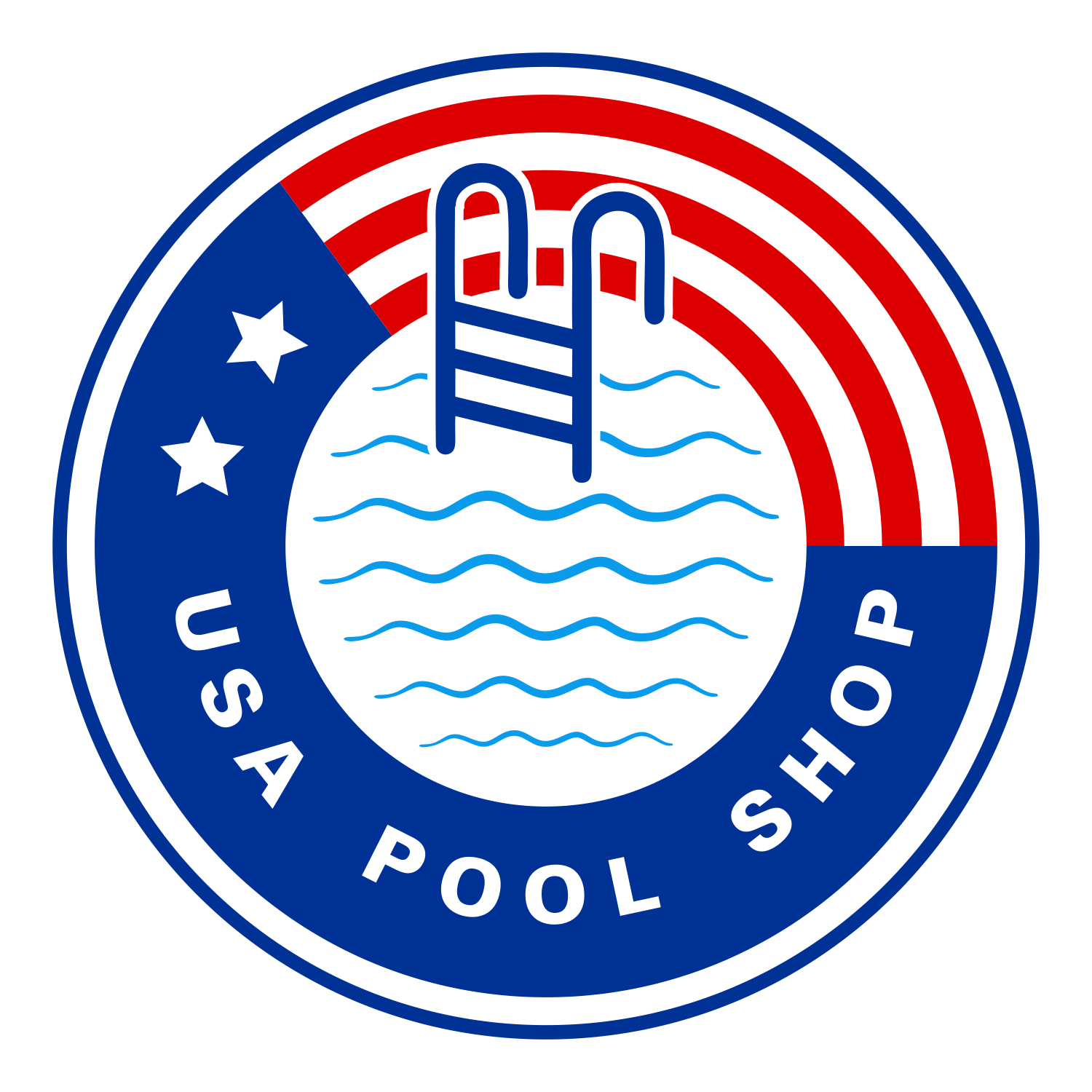
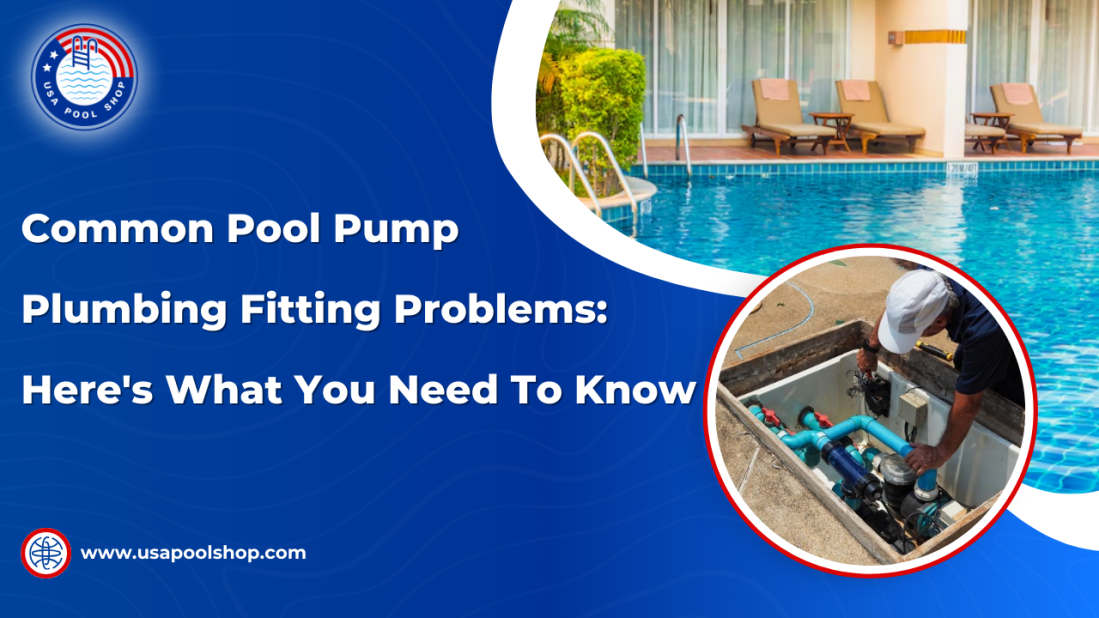
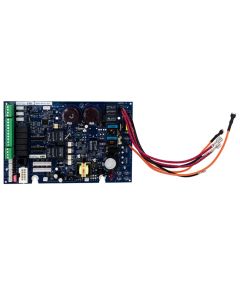
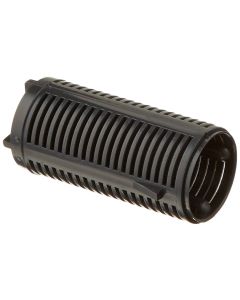
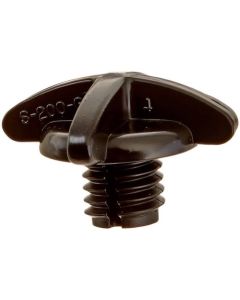
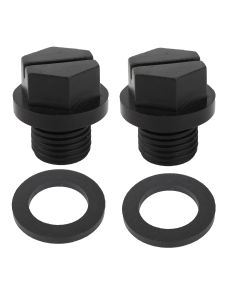
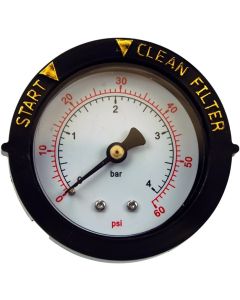


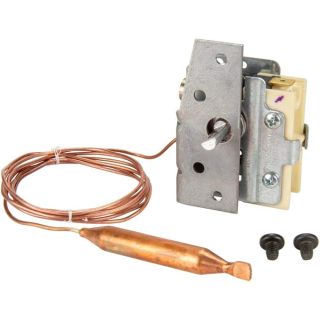
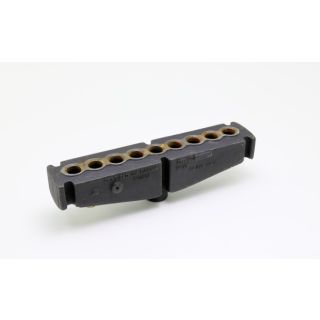
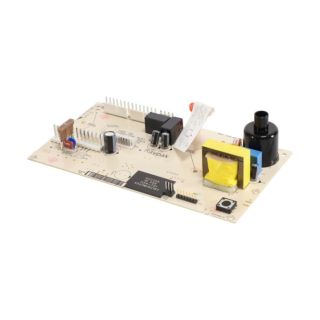
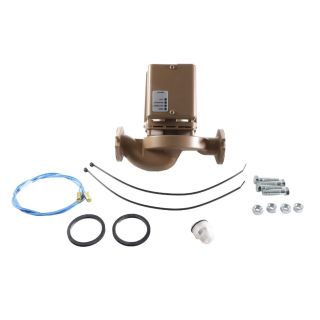
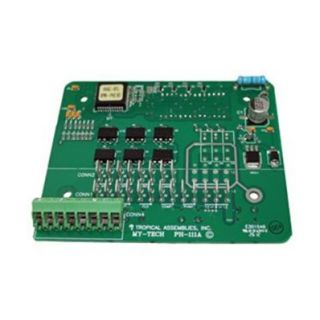
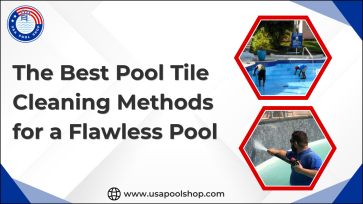
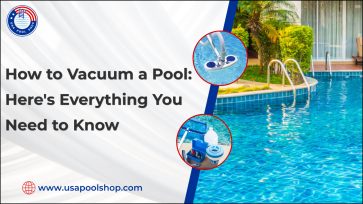
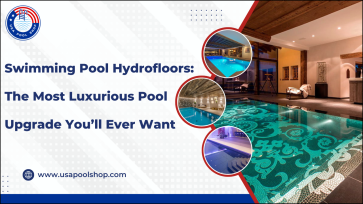
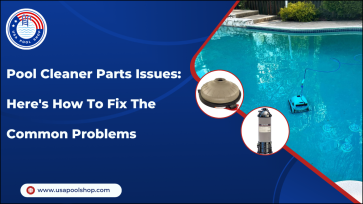
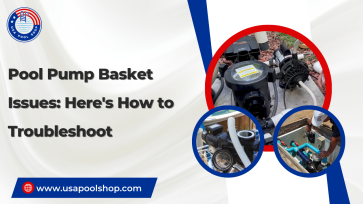
Validate your login